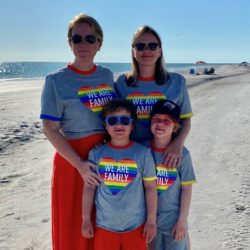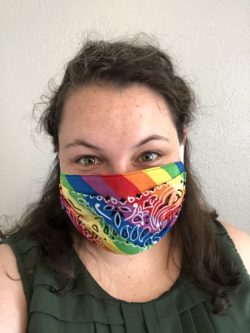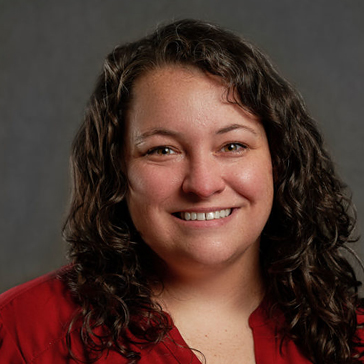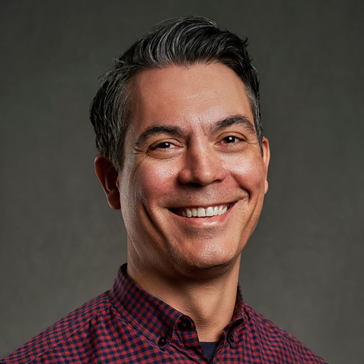Every year, millions of people across the globe come together in their communities to celebrate Pride month. This year marks the 51st anniversary of the Stonewall Riots and the 50th anniversary of the parade that happened a year later.
If we are being honest, this year seems like a strange time to be celebrating. Not only are we still in the throes of a pandemic that is causing additional strain on LGBTQIA+ youth, but earlier this month our community was rocked by the deaths of two black trans women—Riah Milton and Dominique “Rem’mie” Fells—and just a few days later the Trump administration finalized regulations overturning Obama-era health care protections for LGBTQ+ people. But, even amidst all of this pain, there are still excellent reasons to celebrate — including the ruling released earlier this month by the Supreme Court that affirmed that discrimination for sexual orientation and gender identity are illegal under Title VII, which means that a person can no longer be fired simply for being LGBTQIA+.
To celebrate Pride this year, we decided to elevate the voices of three LGBTQIA+ individuals here at Education First: Ashley Mac Owens, Chad Rubalcaba and Emily Brookhart.
As schools and school systems begin to transition to the fall, why is it important to particularly prioritize and attend to the needs of LGBTQIA+ youth? What message or advice do you have for educators, school systems leaders to support the needs of LGBTQIA+ youth now and in the fall?
Ashley Mac: “I feel like it’s important to prioritize and attend to the needs of LGBTQIA+ youth because in my experience there is a large percentage of people in our community who don’t have the acceptance and support from their friends and family. Therefore, it’s imperative that educators and school system leaders make it a priority to fill the role of both teacher and ally for those students whenever possible.”
Chad: “I think the pandemic has been hard for just about everyone—students, educators and parents. And for LGBTQIA+ students, those challenges are more acute because school is often a refuge for LGBTQIA+ kids who live in homes that aren’t supportive or affirming environments. These students may need a lot of healing-centered support when they return to school, and educators may need to spend more time reaching out and re-engaging high school aged LGBTQIA+ kids.”
Emily: “The advice I would give teachers is a reminder that you might be a particular student’s person. You might be the only person they are out to or the only person who they feel safe speaking to. Even if you were not able to do this in the spring, make sure to consider how you can show up for these students in the fall through phone calls, emails, Zoom meetings or even socially distant home visits. Most of us in this community can remember the person we depended on when we were young and being that person is a sacred privilege. It is the responsibility of all the adults in the room to honor and keep that promise.”
How does your identity as an LGBTQIA+ individual show up in your work at Education First?
Chad: “I work on a few projects that involve social and emotional learning. We think about ways educators and school systems can create learning environments where students can feel safe, experience success, understand their identity (or identities) and develop a positive sense of self. On those projects, I reflect on my own experiences in school, which were more good than bad, but were still pretty far from ideal. I also think it’s important to help system leaders and policymakers understand their role, which at times seems attenuated from the experiences of students. But we’ve seen research over the past year suggesting that LGBTQIA+ affirming policies and legislation is correlated with improved student outcomes.”
Emily: “A lot of the work I do is in grantmaking or grant administration, so I see lots of grantee applications. I bring the perspective of knowing what it is like to be a queer teenager and know what it feels like to be excluded from spaces that should have been safe. In my work, I experience a unique joy when I am able to support others to reclaim their own rights to space and when I get to help teachers and schools create spaces that are authentically inclusive.”
It’s a strange time to be celebrating, but how are you celebrating Pride this year?

Ashley and her family celebrating Pride
Ashley Mac: “We really enjoy taking the kids to the annual St. Petersburg, FL, Pride celebration, but obviously it was canceled this year due to COVID-19. My wife and I feel it’s really important for our children to celebrate our community and understand why. This year, we bought some Pride shirts online (thanks Target!) and took a family photo during our social-distancing beach vacation to show our support. It was nowhere near the large celebration we’re used to having in St. Pete, but it still generated some great conversations with the kids.”
Chad: “Our celebrations have been more subdued this year, for sure. My spouse and I hung a pride flag in the window of our apartment, we toasted the win for LGBTQIA+ workplace protections at the Supreme Court, and we donated to a few organizations across the country that support racial equity and civil rights for LGBTQIA+ folks like the Transgender Emergency Fund of Massachusetts, the Brave Space Alliance in Chicago, and the Sylvia Rivera Law Project.”

Emily with her rainbow Pride mask
Emily: “Las Vegas actually celebrates pride in October, because it’s just too hot in Vegas in June. I am secretly holding out hope that we will still have a Pride in October, but it’s not looking optimistic. So instead, I am celebrating Pride by wearing my rainbow facemask—who a dear, queer friend of mine in Maryland made me—when running errands. The best part of this is making connections with folks who are also wearing Pride related clothing, like a lovely human I encountered at Costco the other day who was wearing a t-shirt with Pride elephants.”




